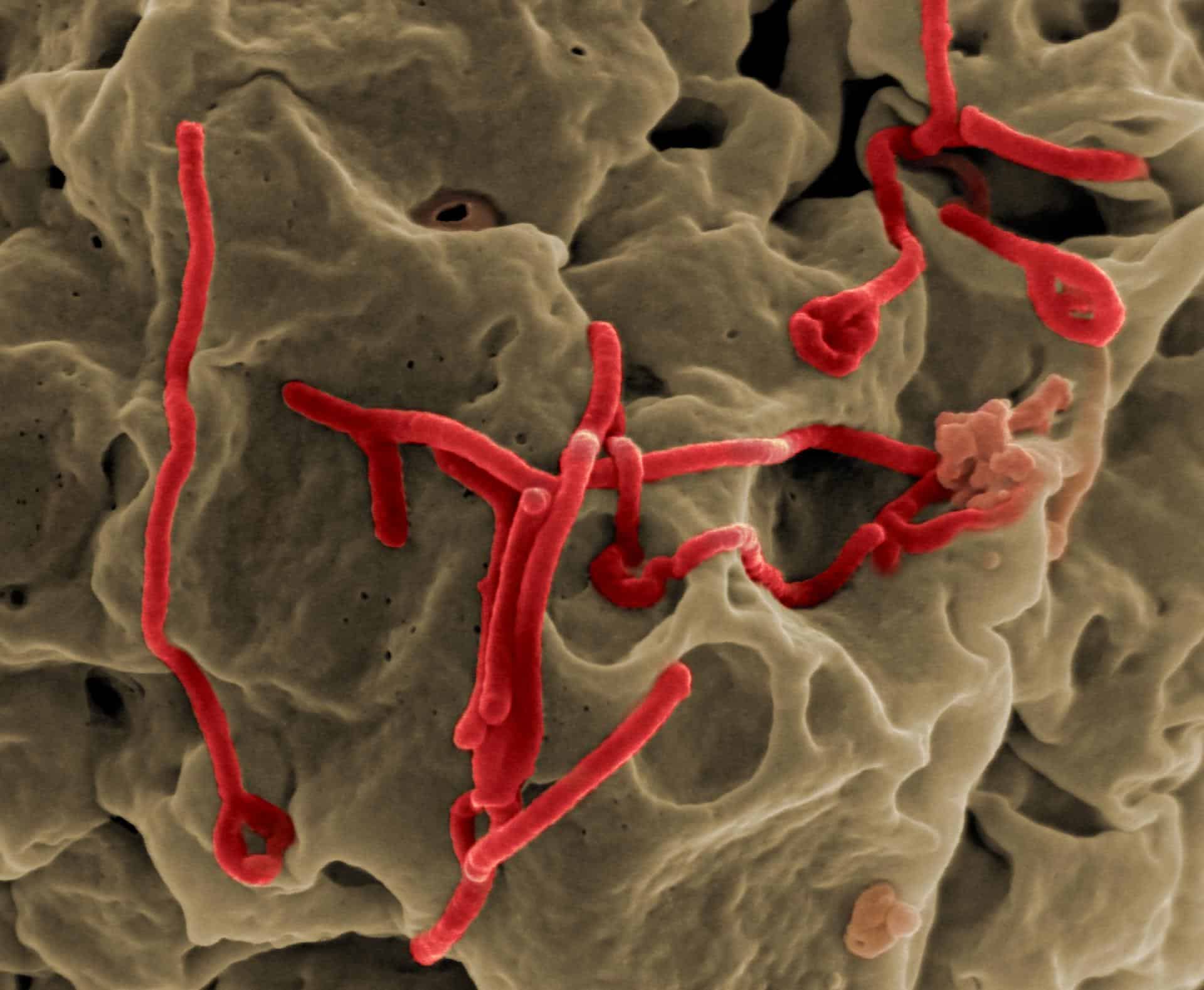September 04, 2015

A weekly roundup of news on drug resistance and other topics in global health.
“While a global set of basic principles to address antibiotic resistance can be articulated, national action by national experts is essential for real progress in every country.” CDDEP researchers Hellen Gelband and Ramanan Laxminarayan stress the importance of country-level plans to address antibiotic resistance and access in a commentary in Trends in Microbiology. Global responsibilities are also important—including diagnostic research and development and innovative financing mechanisms—but are not sufficient without national plans. CDDEP’s Global Antibiotic Resistance Partnership (GARP) is offered as a country-level model for creating an antibiotic-resistance policy space based on national expertise. [Trends in Microbiology]
Liberia has been declared Ebola-free for the second time, after 42 days have gone by without a recorded case. The country has now entered a 90-day period of intensive surveillance for lingering cases. Liberia was first declared free of the virus in May, but six Ebola cases were found around halfway through the surveillance period. Neighboring Sierra Leone, which had celebrated its final case of the virus on August 31, has quarantined more than 1000 people after an Ebola death recorded yesterday. [WHO, BBC]
Antibiotic use has been linked to Type 2 diabetes, according to a study published in the Journal of Clinical Endocrinology and Metabolism. Danish researchers analyzed records of more than 1.4 million people and found that those who had developed Type 2 diabetes had taken more antibiotics in the years prior to their diagnosis than those free of the condition. The authors suggest either that antibiotics may increase the risk of developing diabetes directly, or that antibiotic use is linked to increased risk of infection from undiagnosed diabetes. [Journal of Clinical Endocrinology and Metabolism, Washington Post]
Researchers at Arizona State University have developed a microscale electric fluid gradient method for detecting antibiotic-resistant bacteria that produces a result in minutes. The separation technique was tested to differentiate between antibiotic-susceptible and antibiotic-resistant strains of Staphylococcus epidermidis, and the separation method produced “clear and easily discerned differentiation of the two strains.” The researchers hope that the method can be turned into a rapid diagnostic test for antibiotic-resistant infections. [Infection Control Today, Analyst].
Fecal transplant may work against vancomycin-resistant Enterococcus faecium (VRE) and carbapenem-resistant Klebsiella. A study published in PLOS Pathogens reported that in mice, fecal bacteriotherapy—commonly known as fecal transplant—cleared all 5 mice with K. pneumoniae and 3 or 5 infected with VRE, with a significant decrease in the remaining 40 percent. [PLOS Pathogens, The Conversation AU]
A needle exchange program in Washington, D.C. is estimated to have saved $44 million and prevented 120 new cases of HIV in its first two years. In 2007, after legislation lifted a ban on using federal funds for needle exchange programs, the District began a program that also included HIV testing referrals and addiction treatment programs. Reporting in AIDS Policy and Behavior, researchers found that 176 injection drug use-associated HIV cases were reported in the first two years of the program, compared to a projected if no needle exchange program had been in place. [Infection Control Today].
When pediatricians use the phrase “pink eye,” parents typically want their child to receive antibiotics—whether they’ll be helpful or not. A study published in Clinical Pediatrics found that in randomized hypothetical scenarios, among parents who are told their child had a viral infection and that antibiotics wouldn’t help cure it, those given the label “pink eye” had greater interest in an antibiotic prescription than those who were merely told it was an “eye infection.” [Clinical Pediatrics, University of Missouri]
“This region is in a race against time to contain and eliminate artemisinin resistance but the challenges are formidable.” That is the backdrop for a Malaria Journal report of mass treatment with an artemisinin-combination treatment (ACT) in a village on the Thai-Myanmar border. The Shoklo Malaria Research Unit initiated the work in response to requests for assistance from villages with large numbers of malaria cases. They found, using ultra-sensitive qPCR assays, that the level of infection was much higher than assumed among asymptomatic individuals. ACTs were offered monthly, for 3 consecutive months in 2012 to all adults (except pregnant women) in the only village in the area accessible during the rainy season, to prevent infection; 217 of 674 inhabitants received at least one course of treatment. From June through October of that year—the malaria-heavy rainy season—the effect was dramatic: P. falciparum cases were six times lower in the village than in the previous year (46 vs 290). [SciDev, Malaria Journal]
Want to share interesting news via the digest? Send an email to [email protected]
Image used with Creative Commons license and retrieved via Flickr











